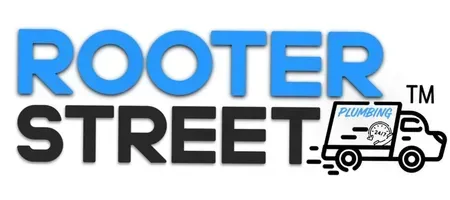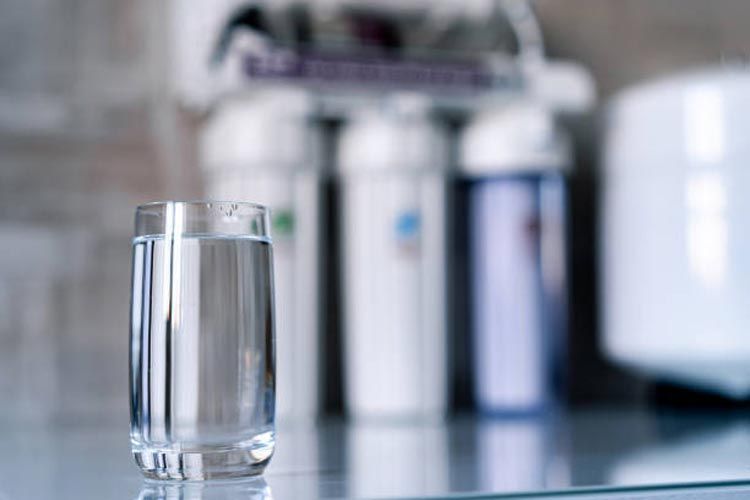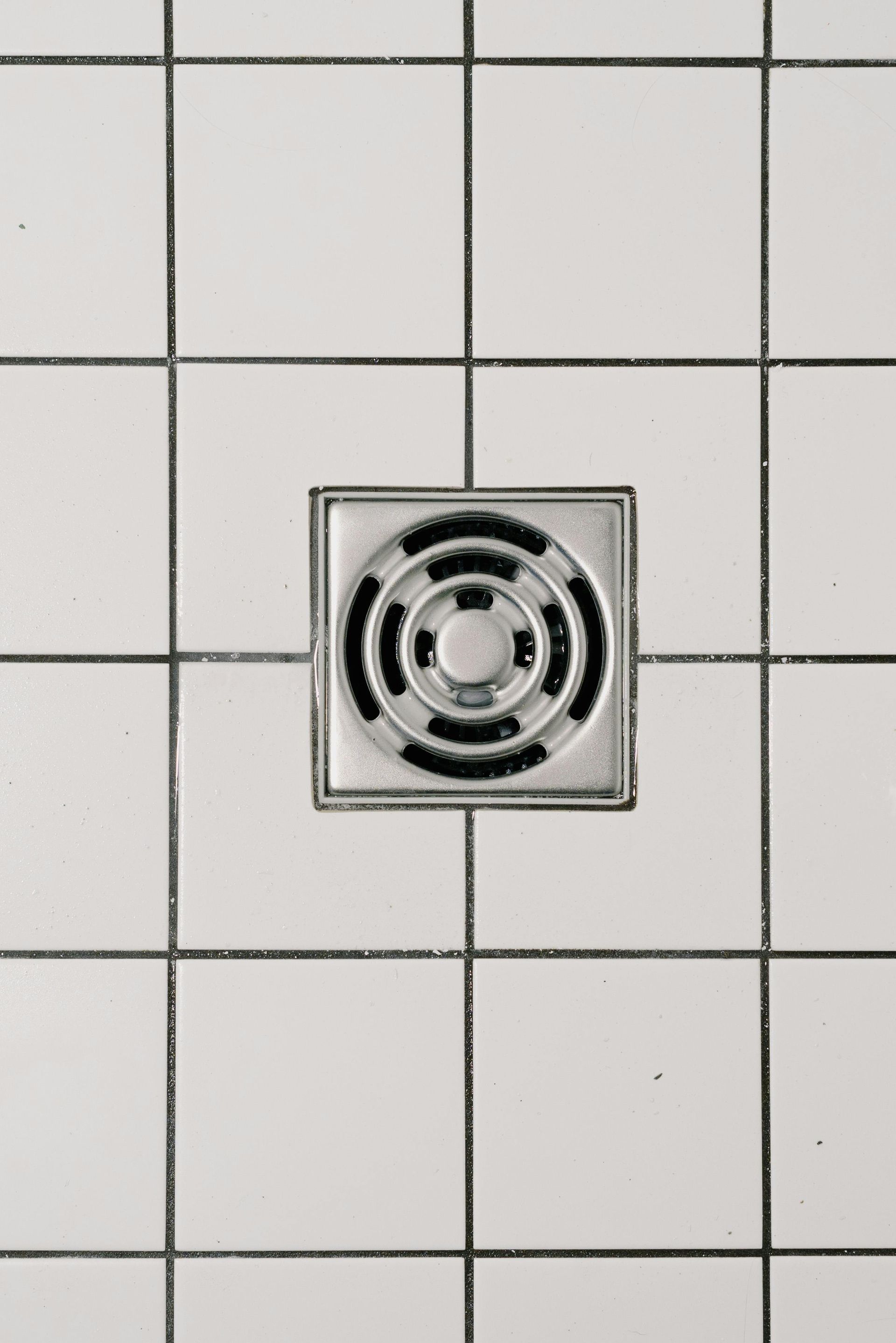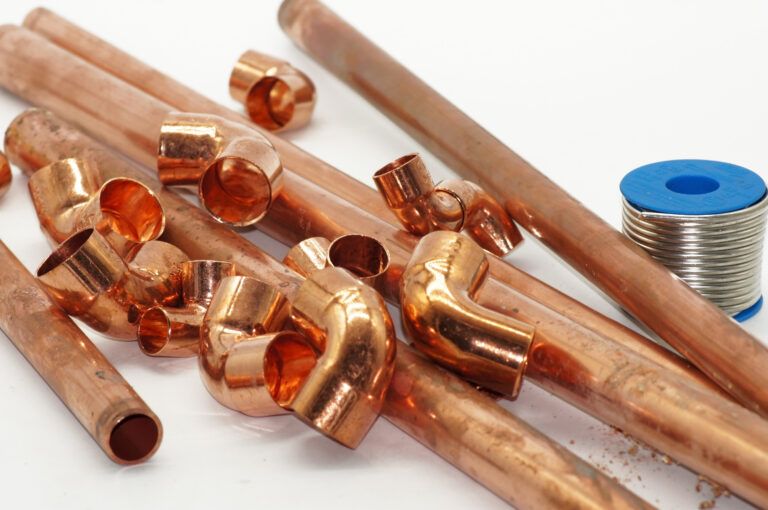Water Treatment
tyler higgins • April 8, 2019
1. Pre-Filtration Plumbing:
- Sediment Filters: Installed at the point of entry to remove large particles like sand, dirt, and rust from the water before it reaches more sensitive filtration stages.
- Plumbing Configuration: Typically involves a housing unit with a replaceable filter cartridge. Plumbed into the main water line to protect other treatment components.
2. Filtration Plumbing:
- Activated Carbon Filters: Used to remove chlorine, volatile organic compounds (VOCs), and other chemicals. These can be installed as whole-house filters or under-sink units.
- Reverse Osmosis (RO) Systems: Employ a semi-permeable membrane to remove dissolved solids, contaminants, and impurities. Often includes pre-filters, the RO membrane, and post-filters.
- Plumbing Configuration: Requires connections for input and output lines, often with a separate faucet for treated water. May include a storage tank and additional components like a pump.
3. Water Softening Plumbing:
- Water Softeners: Remove hardness minerals like calcium and magnesium using ion exchange. Plumbed into the main water supply line.
- Plumbing Configuration: Involves a resin tank and a brine tank. Water is softened as it passes through the resin tank, and regeneration of the resin is done using brine.
4. Disinfection Plumbing:
- UV Water Purifiers: Use ultraviolet light to kill bacteria, viruses, and other microorganisms. Installed in-line with the water flow.
- Plumbing Configuration: Includes a UV chamber where water flows through and is exposed to UV light. Requires inlet and outlet connections.
5. Chlorination Systems:
- Chlorinators: Inject chlorine into the water supply to disinfect and kill bacteria. Often used in combination with other treatment methods.
- Plumbing Configuration: Includes a chlorinator unit and a control system for adjusting chlorine levels. Plumbed into the main water line with precise dosage control.
6. Iron and Manganese Removal:
- Iron Filters: Designed to remove iron and manganese from water, which can cause staining and other issues. Often use oxidation and filtration methods.
- Plumbing Configuration: Plumbed into the main water line with a dedicated filtration unit. Requires periodic maintenance and media replacement.
7. Water Conditioning:
- Conditioners: Some systems use different technologies like Template Assisted Crystallization (TAC) to condition water without traditional softening.
- Plumbing Configuration: Similar to water softeners, but often requires different types of media or technologies.
8. Storage and Distribution Plumbing:
- Pressure Tanks: Used to store treated water and maintain consistent pressure throughout the plumbing system. Commonly used with well water systems.
- Distribution Lines: Carry treated water from the treatment system to various points of use in the home or facility. Includes both hot and cold water lines, depending on the treatment.
9. Backflow Prevention:
- Backflow Preventers: Ensure that treated water does not flow back into the main water supply. Critical for protecting public water supplies and individual systems.
- Plumbing Configuration: Installed at strategic points in the plumbing system to prevent reverse flow.
10. Maintenance and Monitoring:
- Sensors and Monitors: Used to track the performance of water treatment systems, including flow rates, pressure, and water quality.
- Plumbing Configuration: Integrated into the system to provide real-time data and alerts for maintenance needs.
Each type of plumbing and associated equipment plays a crucial role in ensuring that water treatment systems function effectively, providing safe and clean water for various uses. Proper installation, maintenance, and monitoring are key to achieving optimal performance.
You might also like
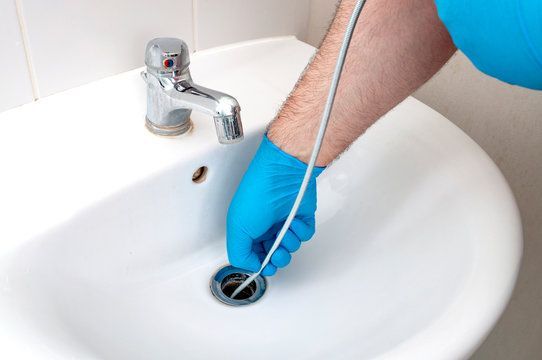
By tyler higgins
•
September 5, 2024
Initial Preparation Gather Tools: Prepare necessary tools and materials such as a plunger, plumbing snake, bucket, gloves, and cleaning agents (e.g., baking soda and vinegar). Protect the Area: Place a bucket or towels under the drain to catch any water or debris that may spill out. Use a Plunger Plunge the Drain: For Sinks: Block the overflow hole with a wet cloth to ensure effective suction. Place the plunger over the drain and push down firmly, then pull up quickly. Repeat several times. For Toilets: Ensure the plunger completely covers the toilet drain. Use similar plunging motions as for sinks, applying steady force. Try a Baking Soda and Vinegar Solution Mix Solution: Pour 1 cup of baking soda followed by 1 cup of white vinegar down the drain. Let it sit for 15-30 minutes to break down organic matter and grease. Flush with Hot Water: After the solution has sat, flush the drain with hot water to clear out any loosened debris. Use a Plumbing Snake Insert the Snake: Manual Snake: Insert the end of the snake into the drain and turn the handle clockwise to navigate the clog. Continue feeding the snake until you feel resistance break. Electric Snake: For more severe clogs, an electric snake can be more effective. Follow the manufacturer’s instructions for use. Clean the Trap (P-Trap) Remove the Trap: Place a bucket underneath the trap (the curved pipe under the sink) to catch any water. Use a pipe wrench or pliers to loosen the nuts and remove the trap. Clean the Trap: Remove any debris or buildup inside the trap. Clean it thoroughly with water and reassemble it. Check for Blockages: Ensure that there are no blockages in the pipe leading to the trap and that everything is reassembled correctly. Use a Plumber’s Auger Operate the Auger: Insert the auger into the drain and turn the handle to break up or hook onto the clog. Move the auger back and forth to dislodge the obstruction. Retrieve the Clog: If the auger hooks onto the clog, carefully pull it out. Flush the drain with water to ensure it’s clear. Check and Clear Vent Pipes Inspect the Vent Pipes: In some cases, clogs in vent pipes can cause drainage issues. Use a plumber’s snake or a professional to check and clear these pipes if accessible. Flush the Drain Use Hot Water: After attempting the above methods, flush the drain with hot water to ensure that any remaining debris is cleared. Consider Chemical Drain Cleaners (with Caution) Use with Care: If other methods haven’t worked, you can try a chemical drain cleaner. Follow the manufacturer’s instructions carefully and use these chemicals sparingly, as they can be harsh on pipes and harmful if misused. Seek Professional Help Call a Plumber: If the clog persists despite your efforts or if you encounter complex plumbing issues, it’s best to contact a professional plumber for assistance. They have the expertise and tools to handle severe clogs and underlying problems. Prevent Future Clogs Use Drain Screens: Install screens or strainers to catch debris and prevent future clogs. Avoid Grease and Non-Flushables: Avoid putting grease, coffee grounds, or non-flushable items down the drain. Regular Maintenance: Perform regular maintenance with baking soda and vinegar to keep your drains clear. By following these steps, you should be able to effectively unclog most drains and maintain a smoothly functioning plumbing system.
Book a Service Today
Thank you for contacting us.
We will get back to you as soon as possible
We will get back to you as soon as possible
Oops, there was an error sending your message.
Please try again later
Please try again later
Quick & Reliable
Scheduling available 24/7 via Text Message Or Phone Call!
© 2025
All Rights Reserved | Rooter Street LLC
